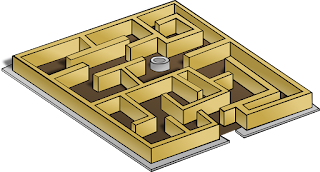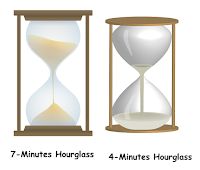Maze Challenge For a Rat?
A rat is placed at the beginning of a maze and must make it to the end.
There are four paths at the start that he has an equal chance of taking:
path A takes 5 minutes and leads to the end, path B takes 8 minutes and
leads to the start, path C takes 3 minutes and leads to the end, and
path D takes 2 minutes and leads to the start.
What is the expected amount of time it will take for the rat to finish the maze?
This could be the average time that rat needed!
What is the expected amount of time it will take for the rat to finish the maze?
This could be the average time that rat needed!



















